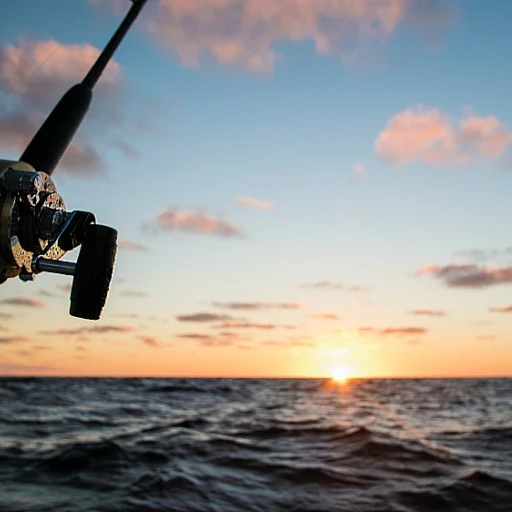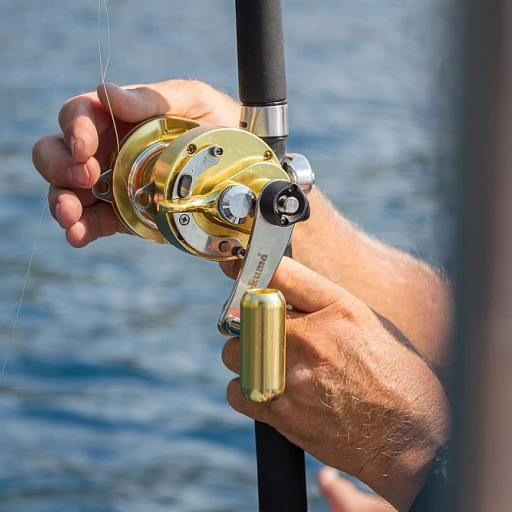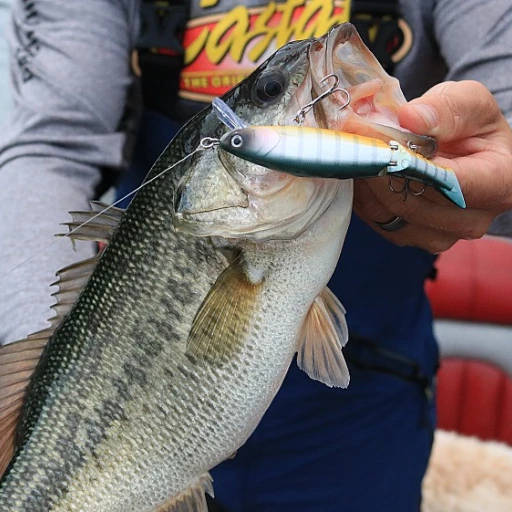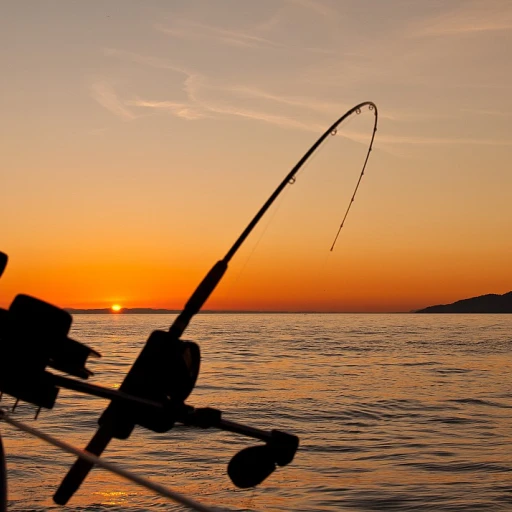Understanding Live Bait Fishing
The Essence of Fishing with Live Bait
Delving into the world of live bait fishing opens the gates to a timeless tradition that engages anglers with a hands-on experience, bringing rewarding catches and memorable moments. Unlike artificial lures that mimic movements and colors, live baits like minnows, worms, and shrimp bring natural appeal, enticing a wide variety of fish species. This method harnesses the fisherman's intuition and skill, bridging the gap between human and aquatic life.
The choice of bait is crucial, as different fish are attracted to specific types of live baits. Understanding the preferences of your target fish can significantly enhance your catch rate. While minnows might attract freshwater species like bass or walleye, saltwater species such as striped bass might respond better to shrimp or sandworms. Exploring the art of J-hook fishing can offer insights into effectively using hooks with live baits.
In addition to selecting the right bait, familiarizing yourself with various fishing rigs plays an essential role in success. Each rig, from the well-known Carolina rig to more simple setups, serves a purpose tailored to the fishing environment and the species targeted. For instance, a bottom rig with a piece leader and sinker could be ideal for bottom dwellers, whereas using a float or swivel rig might be better when aiming to keep your bait suspended in the water column.
Live bait fishing demands thoughtful preparation and consideration of factors such as water conditions and fish behavior. The hooks, whether you opt for single or double hook rigs, must be sharp and appropriately sized to secure your catch. The right fishing rigs, alongside high-quality tackle, directly contribute to a successful outing, allowing you to embrace the thrill of the chase and the satisfaction of your efforts paying off.
Essential Rigs for Live Bait Fishing
Exploring Popular Live Bait Fishing Rigs
When it comes to live bait fishing, the right rig can make a world of difference. These setups are designed to effectively present live baits to catch more fish. One of the most popular and versatile configurations is the Carolina rig. This rig features a sliding sinker, a piece leader, and a swivel that allows your bait to move freely, making it ideal for both freshwater and saltwater fishing. It's an effective choice for targeting bottom-dwelling species like striped bass. Another favorite among anglers is the live bait rig. It is often used when you want the bait to swim naturally, presenting an irresistible target for hungry predators. This setup includes a hook rig and a float that can help keep your bait at the desired depth. For surf fishing enthusiasts, a double hook rig can be an excellent option. This rigging method provides extra security for your bait, increasing your chances of a successful catch, particularly in turbulent water conditions. Lastly, don’t overlook the importance of the hook size and fish you are targeting. A smaller hook may be best for panfish, while larger hooks are necessary for bigger saltwater catches. Understanding these basics can assist in choosing the best rigs for your live bait fishing endeavors. To delve deeper into unique approaches to angling rigs, check out this article on exploring the world of tin fishing.Choosing the Right Bait
Fundamentals of Selecting Live Bait
Choosing the right bait can significantly influence your success in live bait fishing. Each type of fish has its own preferred baits, so understanding your target fish's preferences is critical. Here are some factors to consider:- Species Preference: Different fish species have definitive appetites. For instance, striped bass often go for eels or bunker, while smaller species may prefer worms or minnows.
- Type of Water: Whether you’re fishing in fresh or saltwater will influence your choice of bait. Freshwater fishing typically calls for baits like nightcrawlers, while saltwater fishing might require shrimp or squid.
- Seasonal Availability: Bait availability can change with the seasons. Use local knowledge or consult a regional fishing report to understand which baits are currently available and effective.
Bait Size and Presentation
Size matters when it comes to bait. Smaller baits work well with fish like trout or panfish, whereas larger bait is better for big game fish. It’s also crucial to consider how the bait is presented on the hook. The hook size should match the bait size to ensure natural movement in the water, enhancing the chances of a successful catch.- Hook Placement: Proper hook placement can affect how the bait swims or moves. Maintaining a natural motion can entice fish more effectively than artificial movement. With a double hook setup, you can secure larger live baits without sacrificing their mobility.
Setting Up Your Rig
Steps to Ace Your Live Bait Fishing Setup
Proper setup of your fishing rig is vital to increasing your chances of a successful catch. A systematic approach will ensure your live bait presentation is alluring and effective.- Start by choosing the right fishing rig. Common choices include the Carolina rig, which is excellent for covering bottom fishing through its sliding sinker design, and the float rig, which presents the bait at a precise depth.
- Attach a swivel to the mainline, preventing line twist and adding flexibility. This step is essential for saltwater fishing or when using larger baits.
- Select a piece leader of suitable size and strength, tailored to your target fish and fishing conditions. A fluorocarbon leader is often preferred for its invisibility under water, adding stealth to your setup.
- Culminate with a choice of hook size that matches your bait. Smaller hooks reduce suspicion in cautious fish, while larger hooks provide strength for larger species like striped bass.
- Don't forget to attach a float or sinker, depending on your fishing style. A carefully chosen sinker will hold your bait near the bottom while a float can help keep the live bait in the strike zone.
Tips for Successful Live Bait Fishing
Maximize Your Catch with These Tips
Fishing with live bait can be incredibly rewarding, but it requires some finesse to truly excel. Here are some practical tips to help you get the most out of your live bait fishing adventures:
- Match the Hook Size: Selecting the right hook sizes is crucial for successful bait fishing. A hook that is too large can deter fish, while one that is too small might not secure your catch. Consider the size of your target fish and the type of bait you're using.
- Adjust Your Rig for Conditions: Whether you're using a Carolina rig or another setup, adjust your fishing rig based on the environment. For instance, in saltwater fishing, using a heavier sinker might be necessary to keep your bait near the bottom.
- Use Fresh Bait: Fresh live baits are more appealing to fish. Regularly check your bait and replace it if it becomes damaged or dies. Fresh bait will increase your chances of a successful catch.
- Consider the Water Depth: If you're fishing in deeper waters, a float or piece leader can help keep your bait at the desired depth. Conversely, a sinker might be needed for bottom fishing.
- Experiment with Bait Rigs: Different rigs, like the double hook rig, can be more effective depending on the fish you're targeting. Don't hesitate to try different bait rigs to see which works best for your situation.
- Pay Attention to the Tides: In saltwater fishing, the tides can significantly affect fish behavior. Plan your fishing trips around the tides to increase your chances of success.
- Practice Casting Techniques: Using cast nets effectively can help you catch live bait more efficiently. Practice your casting to improve your accuracy and distance.
By keeping these tips in mind, you'll be better equipped to handle the various challenges that come with live bait fishing. Remember, patience and practice are key to mastering this art.
Troubleshooting Common Issues
Overcoming Common Obstacles in Live Bait Fishing
Even seasoned anglers encounter challenges with live bait fishing from time to time. However, by understanding these issues and knowing how to tackle them, you can improve your catch rate significantly.
- Tangled Rigs: This can be particularly common when using rigs like the Carolina rig. Ensure your line is taut during casting to minimize twists and turns. Using a swivel can also help keep your line from tangling.
- Bait Falling Off: It can be frustrating when your live bait won't stay on the hook. Make sure you're securing it properly by threading through sturdy parts, like the back or lips, especially for live baits like minnows.
- Hook Size Matters: Choosing the correct hook size is crucial. For instance, if you're targeting bigger fish like striped bass, use larger hooks that match the size of your bait to ensure a secure hold.
- Bottom Snags: When fishing near the bottom, snags can be a problem. A properly weighted rig can help, but if you're constantly losing tackle, consider trying a float setup to keep your bait suspended.
- Fish Not Biting: Sometimes, fish simply don't seem interested. This could be due to your bait choice or presentation. Experimenting with different baits and fishing rigs can make a big difference.
By paying attention to these common issues and adjusting your technique or equipment as needed, you'll be better prepared to handle whatever challenges come your way and improve your success on the water.


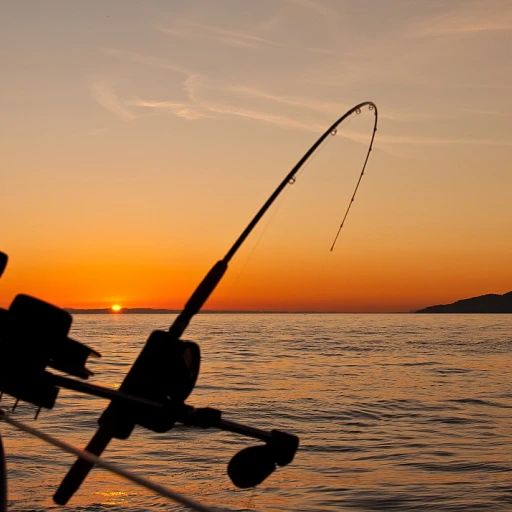
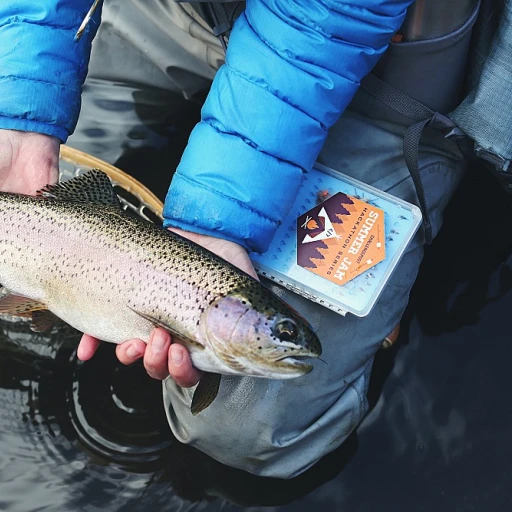
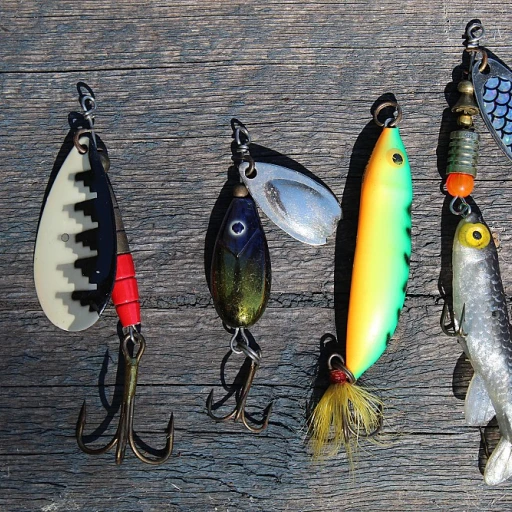
-large-teaser.webp)

-large-teaser.webp)
-large-teaser.webp)
